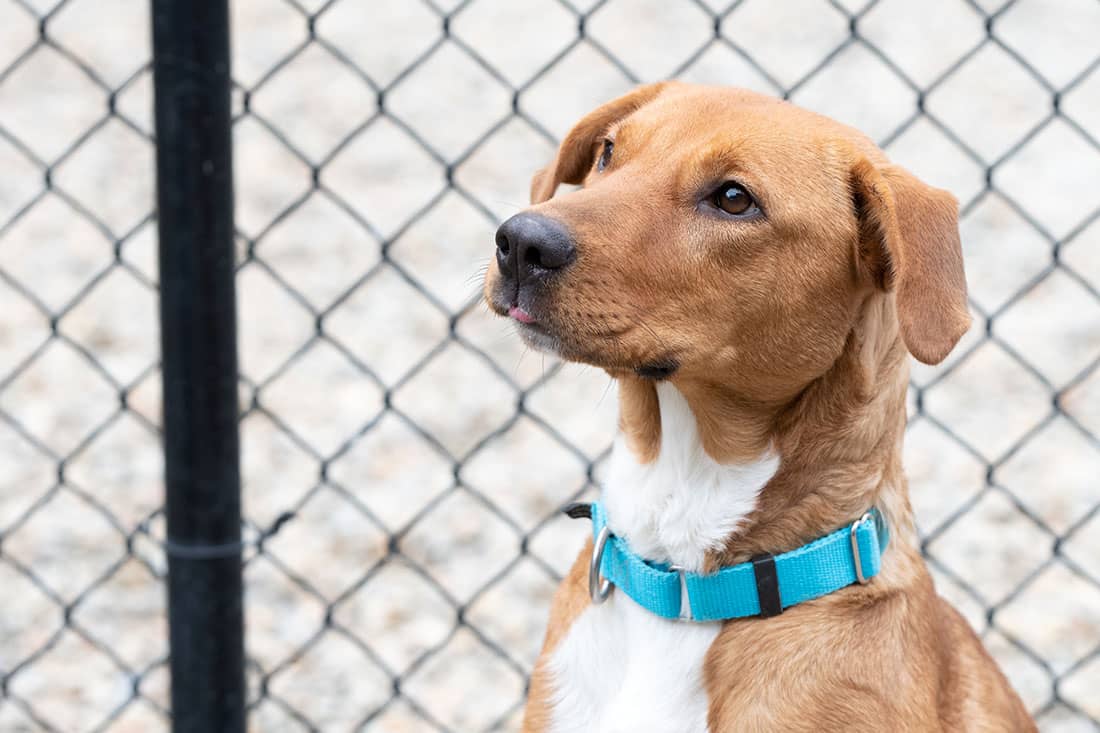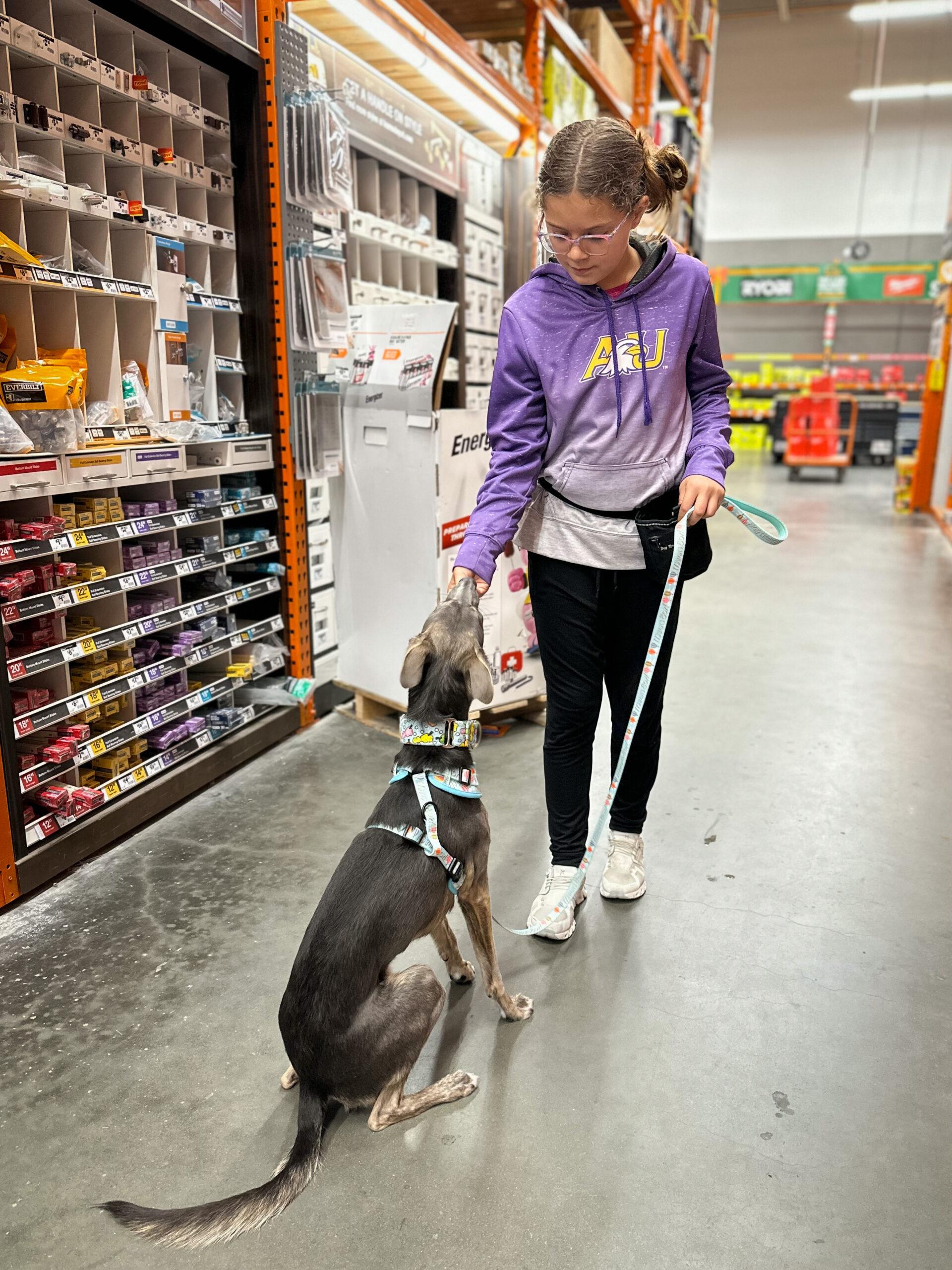Vital Tips for Effective Dog Training: An Overview for Pet Owners
Efficient pet training is a complex process that requires a calculated strategy tailored to both the family pet's personality and the proprietor's purposes. Key elements such as establishing constant commands, utilizing positive reinforcement, and assisting in very early socializing play essential duties in promoting a well-adjusted canine companion. Several pet owners experience difficulties that can hinder development, leading to stress and uncertainty. Recognizing how to navigate these barriers can dramatically boost the training experience, inevitably transforming the relationship between proprietor and dog. What are the important strategies that can be used to make sure success in this undertaking?
Recognizing Canine Habits
Understanding pet dog actions is essential for efficient training and fostering an unified partnership between dogs and their proprietors. dog training. Canines connect mainly via body language, articulations, and activities, making it vital for proprietors to analyze these signals accurately.

Socializing plays a substantial duty in dog behavior; direct exposure to numerous settings, individuals, and other pets can significantly influence a dog's temperament. Factors such as type qualities and individual personality need to assist training techniques, as some breeds may have details behavioral characteristics that demand customized methods. By understanding these components, owners can create a helpful setting that urges positive actions, resulting in effective training results and a deeper bond with their pets.
Developing Consistent Commands
Reliable communication with your dog starts with establishing constant commands. This fundamental aspect of training is vital for promoting understanding between you and your family pet. Uniformity in the commands you utilize ensures that your pet can dependably link particular words or expressions with the preferred actions.
When choosing commands, pick clear, distinct words that are simple to say and distinguish from one an additional. Avoid utilizing similar-sounding commands that might puzzle your dog. Utilizing "rest" and "remain" is proper, but "sit" and "hit" might lead to misconceptions.
Additionally, maintain the exact same tone and quantity for each and every command. Dogs are sensitive to singing cues, so varying your tone can create confusion.
It is just as vital to ensure that all household members are on the exact same page pertaining to the commands utilized. A united front in command usage will prevent mixed signals and enhance the understanding procedure.
Favorable Support Strategies
The power of positive support in pet dog training depends on its capability to encourage wanted habits through incentives and praise. This technique is based in the principle that actions complied with by positive outcomes are most likely to be repeated. By including positive reinforcement into your training routine, you can successfully shape your pet dog's behavior in a positive way.
To implement favorable reinforcement, it's necessary to recognize what encourages your canine, whether it be deals with, toys, or verbal appreciation. When your pet dog carries out a wanted action, such as resting on command, instantly reward them with a treat or affection. This organization in between web the command and the favorable result reinforces their understanding.
It's crucial to timing the benefits appropriately; delivering the support within seconds of the wanted behavior assists your pet make the connection (dog training). In addition, consistency is crucial-- guarantee that all relative use the very same commands and reward systems to avoid confusion

Progressively, you can reduce the frequency of deals with as your pet finds out the habits, transitioning to praise or intermittent benefits. This approach not just cultivates a strong bond between you and your pet but likewise advertises a favorable learning environment, making training a delightful experience for both.
Socialization and Interaction
Continually revealing your dog to a variety of environments, people, and other animals is important for their social growth. Socializing must begin early, preferably throughout the important home window of 3 to 14 weeks, when pups are most responsive to new experiences. Nevertheless, older pet dogs can likewise gain from ongoing socialization initiatives.
Present your pet to various setups, such as parks, pet-friendly shops, and metropolitan areas. This exposure helps them adapt to various stimulations, lowering anxiousness and anxiety actions. Encourage favorable communications with other pet dogs and individuals, making certain that these experiences are risk-free and controlled to promote confidence.
Make use of organized playdates with well-mannered pet dogs, as this can boost your dog's social abilities and educate them appropriate actions. Obedience classes and training sessions likewise give outstanding chances for socializing, enabling your dog to engage why not look here with others in a supervised atmosphere.
Display your pet dog's body movement throughout interactions, as this will aid you evaluate their convenience level. Progressively raise direct exposure to more difficult situations while ensuring that each experience declares. A well-socialized pet dog is more likely to show well balanced habits, making them a delight to have in any kind of setup.
Dealing With Usual Training Difficulties
Every canine proprietor will certainly come across training obstacles eventually, no matter their pet's age or socialization level. Recognizing common problems such as stubbornness, distractions, and fearfulness can aid in developing efficient approaches for improvement.

Distractions throughout training sessions can derail emphasis. To fight this, begin training in a silent setting with marginal stimulations. Progressively present distractions as the pet comes to be a lot more skillful in commands. Short, regular training sessions are likewise efficient in preserving interest.
Terror can impede a dog's knowing process. Steady desensitization to the resource of concern, coupled with positive reinforcement, can aid reduce anxiety. Perseverance is critical; never ever compel a pet dog into a situation that creates distress, as this might intensify the problem.
Ultimately, understanding and addressing these usual difficulties with a structured strategy will cultivate an extra efficient training experience, strengthening the bond between pet dog and owner while advertising reliable discovering.
Conclusion
In recap, effective canine training relies upon a comprehensive understanding of canine actions, the establishment of regular commands, and the application of favorable support strategies. Socializing plays a vital role in creating well-adjusted pets, while addressing usual training obstacles requires perseverance and adaptability. By executing these vital strategies, animal owners can cultivate a strong bond with their canines and promote desirable behaviors, inevitably bring about a harmonious partnership between humans and their canine friends.
Comprehending pet behavior is vital for efficient training and cultivating a harmonious relationship in between canines and their owners.Socializing plays a considerable duty in dog actions; direct exposure to numerous environments, individuals, and other pets can substantially impact a pet's personality.The power of favorable support in pet training exists in its ability to encourage desired behaviors with incentives and appreciation. By incorporating favorable support right into your training program, you can efficiently form your pet's habits in a useful manner.
In recap, successful canine training counts on a detailed understanding of canine actions, the establishment of constant commands, and the application of positive support strategies.